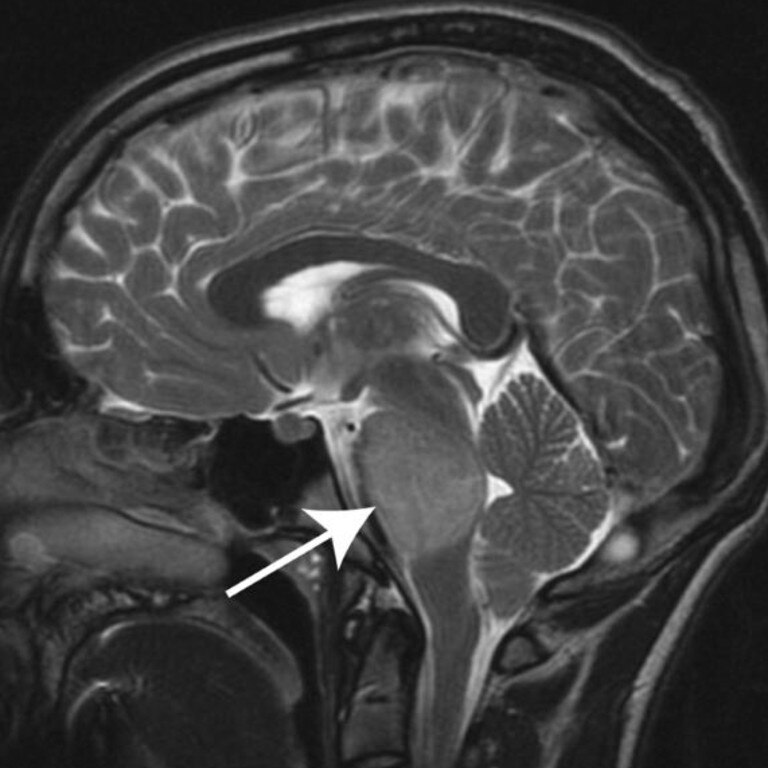Doctors stunned as deadly brain tumour ‘completely disappears’
A boy, 13, whose aggressive cancer vanished without a trace after a clinical trial could hold the key to curing the deadly children’s disease.
A teenage boy has become the first person in the world to be cured of the deadliest form of childhood cancer.
Lucas, from Belgium, was just six years old when he was diagnosed with brainstem glioma, a particularly brutal cancer.
Children found to have the disease are typically given just nine to 12 months to live after diagnosis.
Lucas was diagnosed shortly after his parents noticed he struggled to walk in a straight line, according to France 24.
His doctor, Jacques Grill, remembers having to tell the little boy’s parents that their son was going to die.
However, seven years later, Lucas is now 13 years old, with no trace of the tumour left, The Sun reports.

“Lucas beat all the odds [to survive]”, said Dr Jacques, an oncologist and head of the brain tumour programme at the Gustave Roussy Cancer Centre in Paris, France.
The tumour, called diffuse intrinsic pontine glioma (DIPG), is diagnosed in about 20 Australian children each year.
The aggressive brain cancer is considered a terminal diagnosis and sadly, most will die from the disease within 12 months of diagnosis.
Standard radiotherapy treatment extends a patient’s life by just three months but Lucas and his family decided to travel to France so that he could join the BIOMEDE trial, which tests potential new drugs for DIPG.
Lucas was randomly assigned the cancer drug Everolimus, which he responded extremely well to.
“Over a series of MRI scans, I watched as the tumour completely disappeared,” Dr Jacques told Agence France-Presse.
Doctors kept him on the treatment until a year and a half ago when Lucas revealed he was no longer taking the drugs anyway.
“I don’t know of any other case like him in the world,” the doctor said.

Future cancer cure
Seven other children in the trial survived years after being diagnosed, but only Lucas’s tumour completely vanished without a trace.
However, experts think Lucas’s miraculous recovery could hold the key to curing other children in the future.
The reason why some tumours respond better to treatments than others is because some cancer cells are more sensitive to medicines, Dr Jacques said.
The researchers are studying the genetic abnormalities of patients’ tumours as well as creating tumour “organoids,” which are masses of cells produced in the lab.
Scientists want to reproduce his genetic differences in the organoids to see if they test whether that tumour can be killed off as effectively as Lucas.
If this is successful, the “next step will be to find a drug that has the same effect on tumour cells as these cellular changes,” Prof Marie-Anne Debily, Université d’Évry Val d’Essonne, in Paris, said.
While the researchers are positive about this new potential cure, they warned that any possible treatment is still a long way off.
“On average, it takes 10-15 years from the first lead to become a drug – it’s a long and drawn-out process,” Dr Jacques added.
This article originally appeared on The Sun and has been reproduced here with permission





